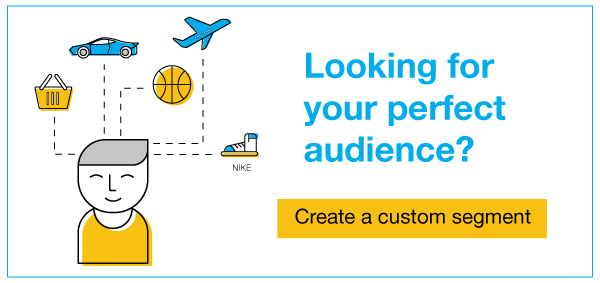
Finding the right audience can be critical to the efficiency of your campaigns. According to a Yahoo study, 54% of customers find personal ads much more attractive. GeeksPerHour’s study shows that advertisements tailored to customer needs can increase ROI by up to 8 times and increase sales by at least 10%.
Defining your target market is one of the most important functions of the market. This is the foundation of all the elements of your marketing strategy, from which you develop your products or services and do it right through the marketing channels that you use to promote them.
A target audience is a group of people defined by certain demographics and behaviors. Often, business users use what they know about their target audience to create users. These individuals guide their decisions on marketing campaigns.
Finding a target audience means what types of people are likely to be interested in your service or product. Think about the needs or pain of your product/service addresses. If your business designs websites, you can reach small business owners who lack in-house design resources.
Analyze your competitors: If you know who your competition is, look at their target audience. Chances are that they will connect with people who may also be valuable to your business.
Gather Information About Your Existing Customers: There are lots of tools out there that help you learn more about your target audience. Solutions such as Google Analytics, as well as Facebook and Instagram Insights, provide comprehensive information about the demographics of your audience.
Most companies look at demographic information:
- Age
- Location and Time Zone
- Language
- Spending power and patterns
- Interests
- Stage of life
Age: You don’t have to be very specific here. It doesn’t matter if your average customer is 24 or 27. But knowing what decade your customers are, or how useful their generation is.
Location and time zone: Where in the world do your current customers live? In addition to understanding geographic areas to target, it helps you find out which hours are most important for your customer service and sales representatives to be online, and when you need your social ads to ensure the best visibility And the post should schedule.
Language: Do not assume that your customers speak the same language that you do. And assume that they speak the dominant language of their (or your) current physical location.
Spending power and patterns: How much money do your current customers have to spend? How do they shop in your price range? Do they have specific financial concerns or priorities that you need to address?
Interests: What do your customers like to do besides using your products or services? What TV shows do they watch? Which other businesses do they interact with?
Stage of life: Are your customers likely to be college students? New parents? Parents of teens? Retired?
Discovering your audience, what they are looking for, requires a truly exciting journey. Analyze what they do, provide them with a personalized brand experience and measure results. Creating the right audience is not a single activity – to increase sales you need to review your target audience and examine how their expectations change over time.